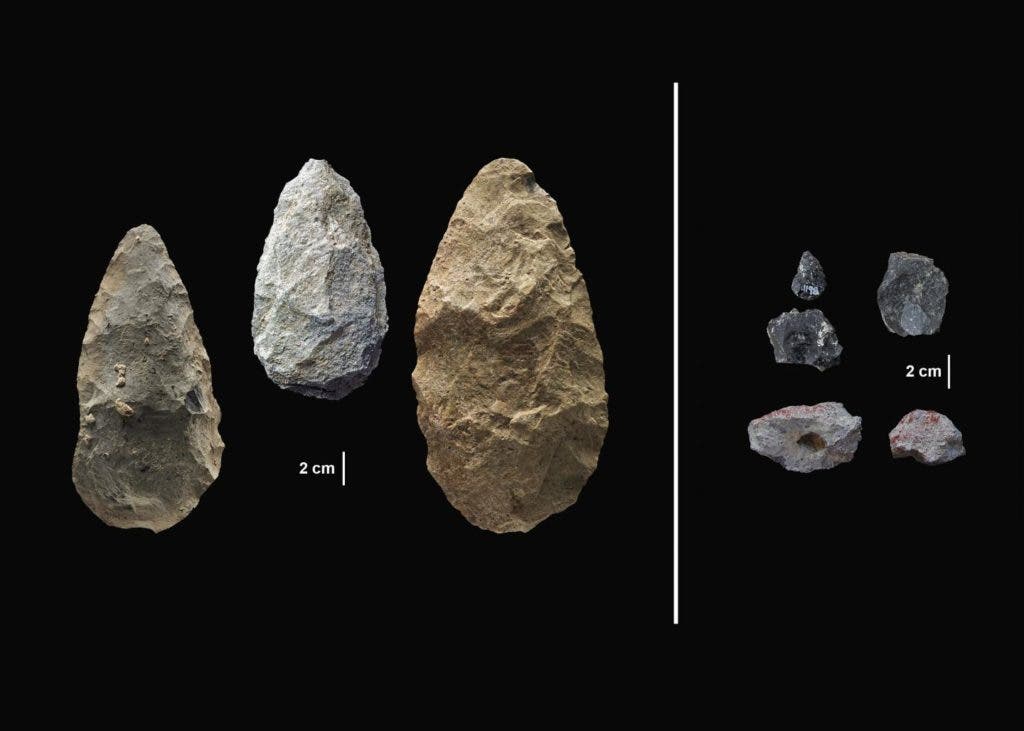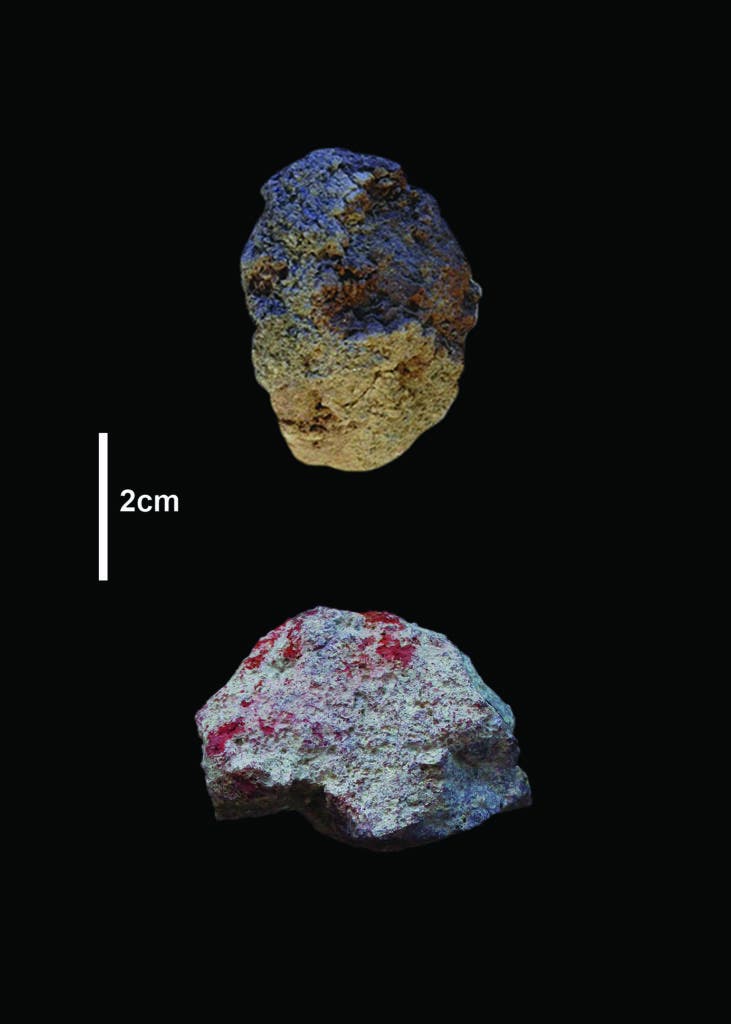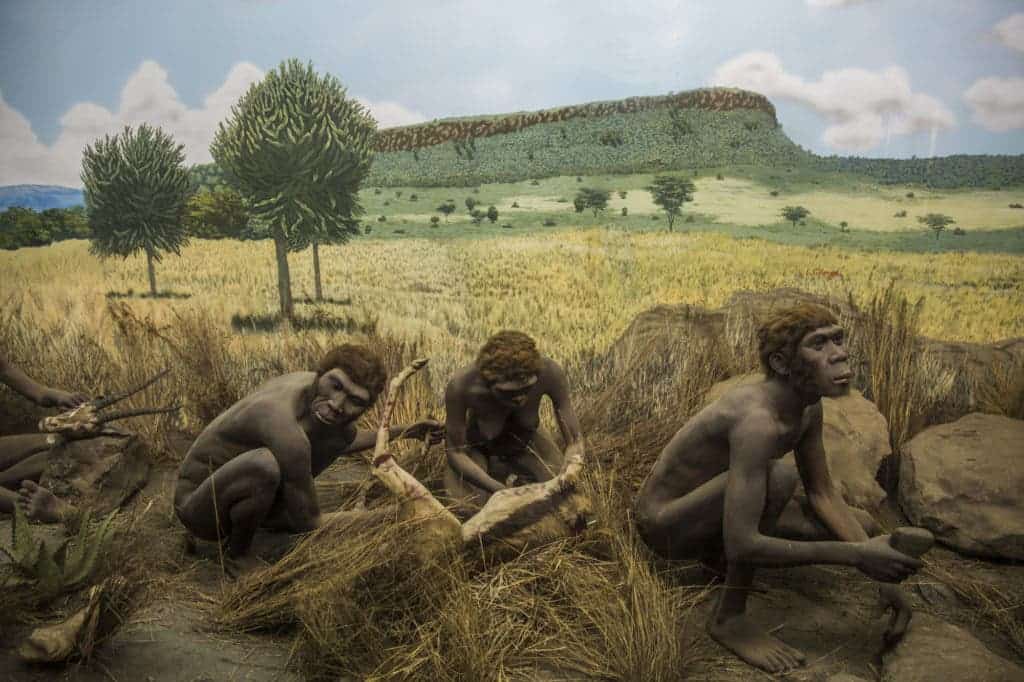An international team of researchers found that 320,000 years ago humans already developed impressive social structures and technological innovations such as using color pigments and manufacturing more sophisticated tools.

The Olorgesailie Basin in Kenya contains a group of Lower Paleolithic archaeological sites (the oldest dating up to 1.2 million years ago), which is notable for the large number of hand axes discovered there since the 1920s. The axes were made by hominins between about 600,000 and 900,000 years ago, along what used to be a lakeshore. Hominins inhabited the area for hundreds of thousands of years, and 320,000 ago, they were already exhibiting complex behaviors — technological innovation, social exchange networks and symbolic communication helped these early populations survive and gain an advantage over competing species, researchers say.
“This change to a very sophisticated set of behaviors that involved greater mental abilities and more complex social lives may have been the leading edge that distinguished our lineage from other early humans,” said Rick Potts, director of the National Museum of Natural History’s Human Origins Program.
Writing in one of three Science publications that describe the adaptive challenges faced by early humans during this phase of evolution, Potts reports that as earthquakes changed the landscape and the climate varied between dry and wet, hominins started developing surprisingly complex behaviors. Meanwhile, Alison Brooks, a professor of anthropology at George Washington University’s Center for the Advanced Study of Human Paleobiology wrote another paper which presents evidence of early resource exchange and use of coloring materials in the Olorgesailie Basin. Color is used for more than just making things look nicer, it indicates a distinct level of symbolic communication and identity.
“We don’t know what the coloring was used on, but coloring is often taken by archeologists as the root of complex symbolic communication,” Potts said. “Just as color is used today in clothing or flags to express identity, these pigments may have helped people communicate membership in alliances and maintain ties with distant groups.”
A third paper, by Alan Deino at the Berkeley Geochronology Center and colleagues, details the chronology of these and many other findings from the area, using isotopic dating.

Interestingly, while the early axes were manufactured using local stones, the Smithsonian team also found small stone points made from non-local obsidian, as well as larger, unshaped pieces made from volcanic stone at Olorgesailie — which interestingly, doesn’t have an obsidian source of itself.
The chemical make-up of the tools indicates that they were made from rocks brought from 15-55 miles away, suggesting that they were brought through an exchange network.
The beauty of this multidisciplinary research effort is that it enables researchers to understand what the environment of these ancient humans looked like. Geological, geochemical, and biological evidence indicates to a long period of climate instability around 360,000 years ago — a time when the area was also ravaged by earthquakes.
Ultimately, this could even provide insight into how humans came to be as a dominant species on Earth. The most prevalent theory is that early humans evolved gradually in response to an arid environment, but Potts and his team have a different idea. They believe that this environmental instability drove humans to develop new technologies and social structures, to secure their livelihoods during times of scarcity.



